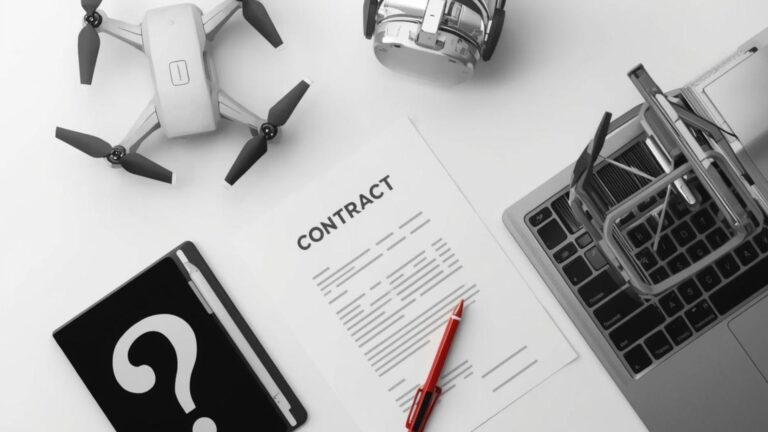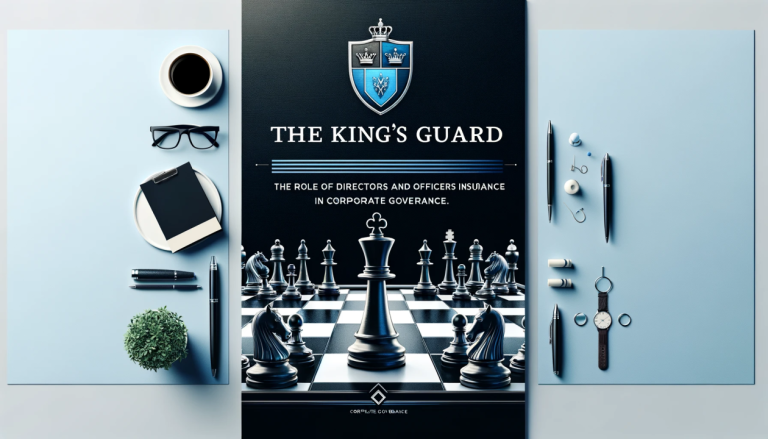For example, a SaaS startup might have an E&O policy to cover lawsuits from clients if its software fails, but that E&O policy won’t help if a shareholder or regulator sues the company’s executives for something like mismanagement or negligence in running the business. That scenario would require D&O coverage. Conversely, a D&O policy won’t cover a client suing over a service failure. Clearly, these policies address separate hazards.
What Does E&O (Errors & Omissions) Cover?
E&O insurance covers the professional mistakes and failures of your business – essentially, when a client or customer says your product or service didn’t perform as promised and caused them financial harm. It is also known as professional liability insurance (or professional indemnity in some regions). If your company is accused of errors, negligence, inadequate work, or not meeting contractual obligations, an E&O policy pays for your legal defense and any settlement or judgment.
Example scenario: You provide a software tool for online retailers. A bug in your latest update causes a major client’s e-commerce site to crash on Black Friday, leading to significant lost sales. The client sues your company for the damages. Your E&O insurance would step in to cover the legal costs and whatever settlement or damages are owed (assuming the claim is covered by the policy). Without E&O, that lawsuit could be devastating to your finances.
What Does D&O (Directors & Officers) Cover?
D&O insurance covers management decisions and leadership actions – protecting the people in charge (and the company itself) when they are accused of wrongdoing in running the company. This could be a lawsuit from a shareholder, investor, creditor, or regulator alleging that directors or officers mismanaged the business, failed in their duties, or violated laws. The D&O policy will pay for defense costs and settlements on behalf of the company’s directors and officers.
Example scenario: Your startup just raised a round of funding. A few months later, the company hits a crisis and its value plummets. An unhappy investor alleges that the CEO and board failed to properly oversee risk and made misleading statements during the fundraising. They sue the CEO and directors personally to recoup their losses. In this case, D&O insurance would cover the legal defense of the CEO/board and any settlement if the investor’s claims have merit. Without D&O, the company (or the individuals) would have to pay those costs, which could be ruinous.
Key Differences Between E&O and D&O
To recap, E&O and D&O insure different categories of risk. Here are the key differences:
- Who is making the claim: E&O claims come from clients or customers who are unhappy with your work. D&O claims come from investors, shareholders, regulators, or others concerned with how the company is run (not the service it delivers).
- What’s being alleged: E&O involves allegations that you failed to do something right in your professional service – e.g. you made a mistake, missed a deadline, or were negligent in fulfilling a contract. D&O involves allegations that the company’s leadership did something wrong in governing the company – e.g. poor decisions, misrepresentation, breach of fiduciary duty.
- Who is protected: E&O primarily protects the company (and by extension its employees) when the company’s work is questioned. D&O protects individual directors and officers (and the company’s balance sheet) when their management actions are questioned. In other words, E&O payouts go toward the company’s liability to a client, while D&O payouts go toward the liability of directors/officers to stakeholders.
- Type of risk: E&O claims tend to be event-driven by service outcomes (a project failure, a defect, etc.), whereas D&O claims are driven by corporate events (financial performance, major transactions, management conduct). The former is about what you delivered; the latter is about how you ran the company.
- Coverage structure: Practically, these are separate policies. E&O is often underwritten by insurers who focus on professional liability and may bundle it with cyber insurance for tech firms. D&O is part of a broader category called management liability. The two policies are independent – having one does not provide coverage for the other’s scenarios.
Do You Need E&O, D&O, or Both?
For most established companies – and certainly tech startups aiming to grow – the answer is both. Each policy covers an entirely different set of scenarios, and a serious claim in either category can be equally devastating. Here’s how to think about it:
- If your business provides any kind of product or service to clients (which is almost every tech company), you need E&O insurance. Even if you trust your product’s quality, mistakes and disputes happen. Many clients or enterprise customers will also contractually require you to have E&O.
- If your business has a board of directors, outside investors, or even just multiple owners, you should have D&O insurance. It becomes critical as soon as you take on institutional investment or appoint outside board members – they will likely insist on it. Even without investors, private companies can face D&O-type claims (for example, a co-founder dispute or a lawsuit from a creditor if the company goes insolvent), so it’s wise protection for any company with significant stakeholders.
- If you’re very early-stage (no customers yet, and just one founder owner), you might start with E&O once you begin beta testing or deliveries, and add D&O when you formalize a board or bring in investors. But once you have both customer obligations and a corporate governance structure, neither policy can be skipped without leaving a gap.
A quick litmus test: E&O guards your company’s promise to customers; D&O guards your leadership’s promise to run the company rightly. If you have people depending on your product, and people depending on your leadership, you have two different trust relationships to protect – hence two different insurance policies.
Conclusion
Comparing E&O vs D&O is not about which one is better – it’s about recognizing that each covers a distinct facet of your business risk. A robust risk management plan will include both if your exposures warrant them. By understanding the difference, you can purchase the right coverage and avoid unpleasant surprises (like discovering a claim isn’t covered because it fell into the gap between E&O and D&O). Tech companies, in particular, operate in complex environments with demanding customers and watchful investors. Having both policies means you’re prepared on both fronts, letting you innovate and lead with confidence.
Key Take-aways
- Different targets: E&O claims target your performance (client issues with your work), whereas D&O claims target your governance (stakeholder issues with your leadership decisions).
- Non-overlapping coverage: An E&O policy will not cover investor or governance-related lawsuits, and a D&O policy will not cover client or product-related lawsuits. They fill separate risk buckets.
- Common need for both: A growing company that serves customers and has outside investors/board members will typically need both coverages. One protects the business’s service commitments, the other protects its decision-makers.
- Risk of going without: Lacking E&O could mean a customer lawsuit sinks your company; lacking D&O could mean personal liability for your directors/officers or inability to attract quality leaders. Either gap can be dangerous.
What to do next
- Audit your current policies: Verify if you have E&O and D&O in place. If you only have one, recognize the scenarios where you’re unprotected and quantify that risk.
- Consult with an insurance expert: Discuss your business structure and activities with a broker who understands professional and management liability. They can help determine appropriate coverage limits and whether you need additional policies (like cyber or EPLI) as well.
- Educate stakeholders: Make sure your board knows the company has D&O (they may even ask for proof annually), and ensure client-facing teams know the company has E&O. This can provide reassurance internally and also be mentioned externally when negotiating contracts or investor deals.
- Plan for growth: As your company scales, regularly re-evaluate coverage. Higher revenue, more customers, or a potential IPO down the line might mean increasing policy limits or adding new layers of D&O coverage to stay fully protected.
Further reading: Check out our deep-dive article on What D&O and E&O Insurance covers for more detailed definitions, and see our D&O Insurance guide to understand the nuances of protecting your company’s leadership.



















































































































